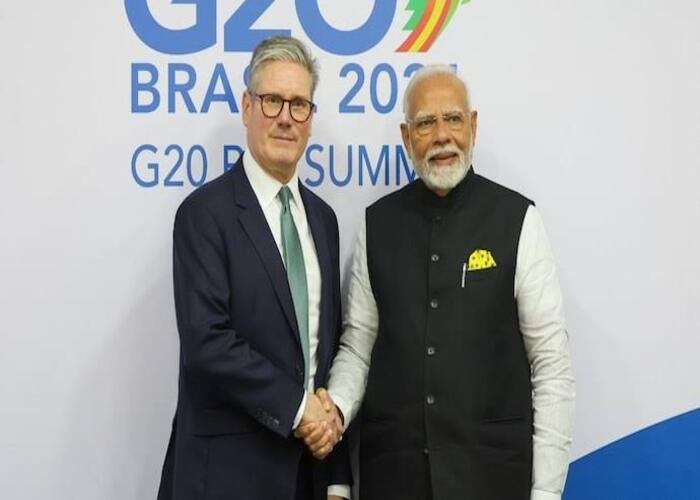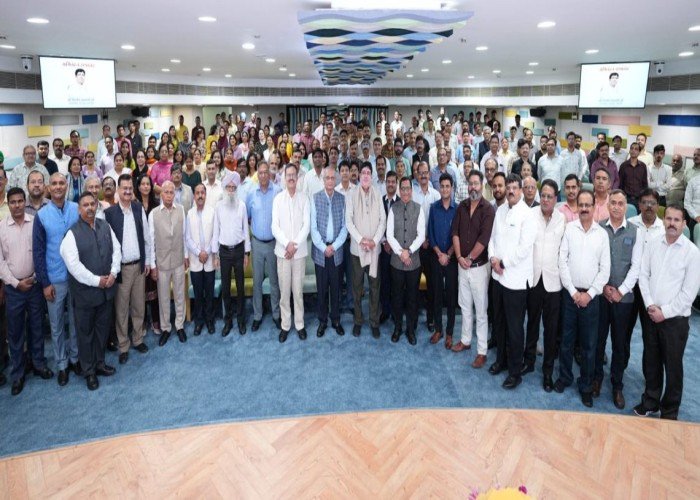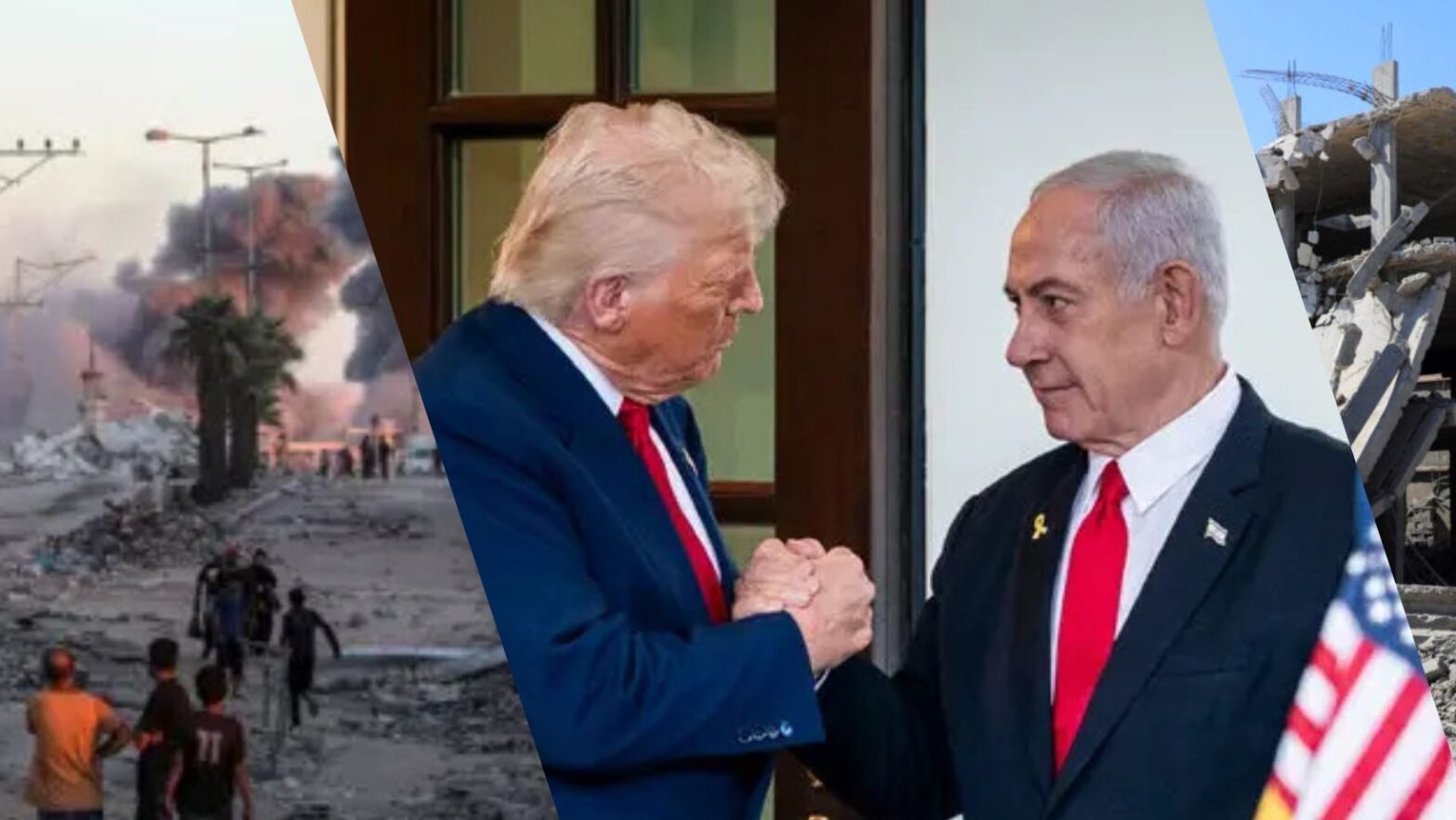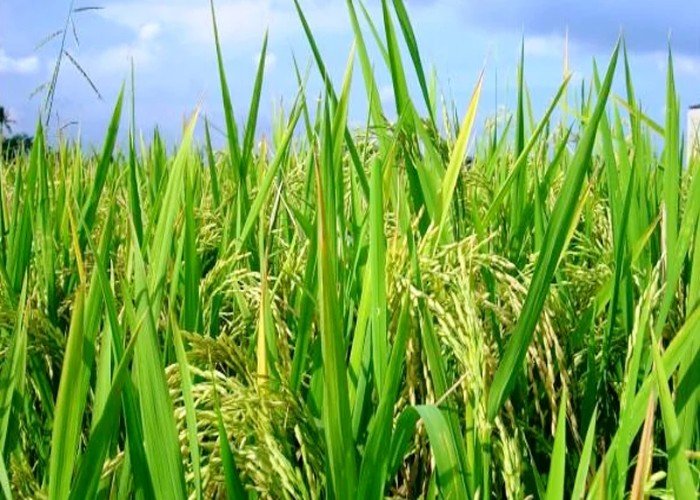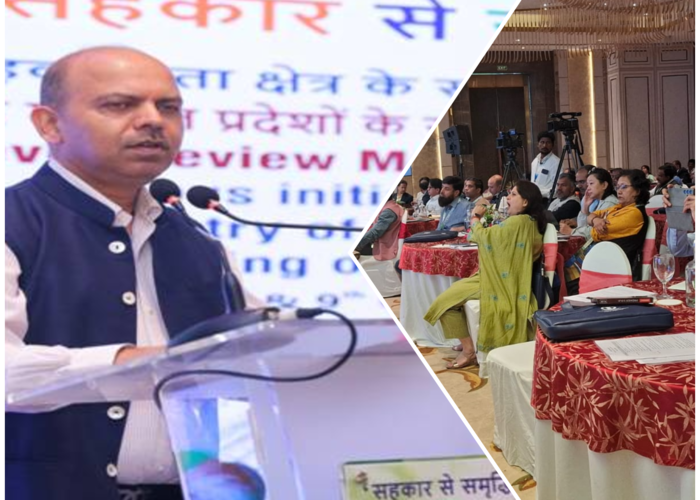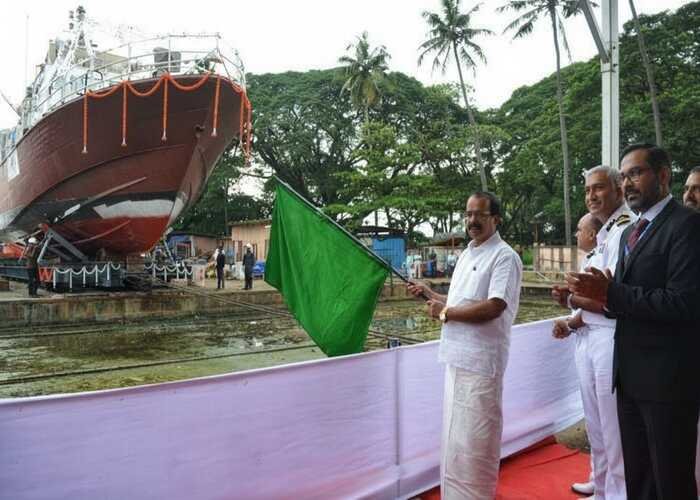The number of regional trade agreements worldwide have risen steadily in the last few years, and with Trump’s tariff declaration, there is a renewed sense of urgency in their pursuit. For India, the Covid-19 pandemic catalysed multiple engagements for preferential trade deals with the aim to diversify the sources of critical imports. India’s trade policy therefore has evolved with pragmatism at its core.
In the last decade, India was largely averse to free trade agreements (FTAs). However, schemes like Make in India, Atmanirbhar Bharat and the production linked incentives (PLI) have sought to balance openness and promotion of local industry. FTAs are therefore synthesised with developed countries where closer economic ties bring gains beyond addressing the trade deficit. Provisions like technology transfer and local sourcing promote competitiveness of the domestic industry and can help elevate Indian manufacturing’s global ranking.
Past: Why protectionism endures
India’s protectionism lies in its colonial history when the country’s rich resources and manpower were manipulated to serve foreign interests. Newly Independent India naturally turned inward, laying the foundation for protectionism which though dismantled with the 1991 reforms endures to this day. Developing economies like India had a moral imperative to shield its technologically disadvantaged producers from mass manufactured cheap goods from overseas. Over the years however political considerations have governed trade restrictions. Unions and lobby groups often prevail upon the government to retain barriers that preserve their market by imposing heavy duties on foreign made goods.
Context: Progress in the age of AI
What guided decision making in the foundational years of Indian democracy cannot be sound policy now. In fact, in the digital age, industry is at the risk of decay without exchange of ideas and innovation triggered by competition.
World Bank president Ajay Banga has said that India has 5 years to benefit from the China+1 strategy, not 10-15 years. This means, logistics costs will have to come down significantly in the short term to make India a viable alternative to East Asian economies. Regulatory reform to simplify taxation and remove vestiges of protectionism are also the need of the hour. Cumbersome paperwork is a huge deterrent to the ease of doing business. A country that aspires to be both the conduit for global trade and the factory of the world cannot let the movement of goods be trapped in red tape.
However, post Covid-19, amid geopolitical tensions and wars, and Trump’s tariff uncertainty thrown into the mix, globalisation the way we know it is over. Its contours are reshaping into one guided by FTAs and one-on-one negotiations as countries recalibrate their ties.
Future: Why FTAs outline the way forward
In the last ten years, more than 100 bilateral and regional trade deals have been signed. India’s landmark FTA with UK, followed by the latter closing one with US and now US-China arriving at a 90-day embargo on their escalating trade war are signs that global trade policy will rely on reciprocal preferential trade agreements between two or more partners. This allows countries to fine tune strategy based on the economic advantage/disadvantage they perceive from the other party.
FTAs help move the needle on trade where WTO (World Trade organisation) fails due to its multilateral approach and broad agenda. These bilateral deals are therefore authorised by the WTO to promote and advance economic ties between regions. FTAs commit to reducing discrimination and protectionism. They also embed rules and laws to recognise protectionism and avenues to address potential defiance.
FTAs also allow nations to protect disadvantaged groups or nascent industries by introducing specific tariffs on products manufactured by them, leaving scope for tariff reduction on other items. That is why trade deals are negotiated over months and years, with the tariffs schedule running pages long.
Market entry can also be facilitated by collaborations and joint ventures that enable domestic industries to develop their own capabilities. Non-tariff barriers are another bottleneck for trade that are employed without consideration for historical wrongs that pushed polluting industries to the global south. India’s struggle with Europe’s CBAM (Carbon Border Adjustment Mechanism) and quality standards are a case in point.
Some non-tariff barriers may safeguard the importing country from dumping of surplus goods that are sold at a price deemed to be too low. Countervailing duties (imposed on products that receive government subsidy), import quotas along with anti-dumping duties are considered “trade remedies” which often land at WTO for dispute settlement. However, these too are thrashed out bilaterally in FTAs, facilitating trade and commerce where otherwise countries run into a deadlock.
India has signed 15 FTAs and 6 Preferential Trade Agreements (PTAs) with its trading partners including the recent deal with UK, and others with Japan, South Korea, countries of ASEAN and SAARC, UAE and Australia. The FTA with the US – India’s largest trading partner for the last 4 years – will be a huge breakthrough considering India retains an edge over other Asian economies following Trump’s reciprocal tariff announcements.




